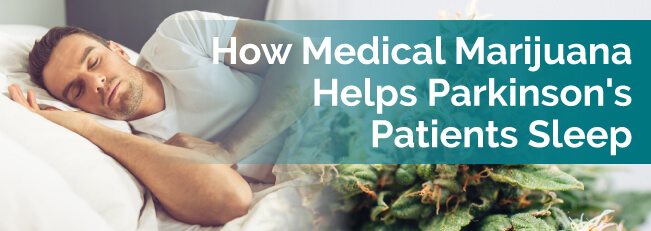
Patients with Parkinson’s disease deal with more sleep disturbances than people of the same age without it. When you have Parkinson’s, it’s important to take care of yourself to slow down the progression of your symptoms. However, not sleeping well makes it much harder to do that.
When we think of dopamine, we imagine its influence on our happiness. But, it also protects the part of the brain that controls our movement. Parkinson’s happens when we have less dopamine, causing our movement ability to decay.
Parkinson’s disease causes you to experience tremors, stiff muscles, involuntary movements and instability. Since it progresses gradually, most patients hardly feel its effects at first. The symptoms get more severe over time.
While the primary symptoms of Parkinson’s involve movement, they cause a lot of related issues. Some of them include constipation, chronic fatigue, depression, anxiety and weight changes — another symptom is sleep problems.
Researchers haven’t pinpointed an exact cause of Parkinson’s patients’ sleep problems. A likely explanation is that the muscle tension, pain and tics disrupt the sleep cycle.
Every Parkinson’s patient has a unique experience since the disease causes so many different symptoms with varying degrees of severity. So, besides the standard Parkinson’s medicines, doctors must medicate based on the patient’s symptoms.
However, managing so many medications can be incredibly difficult, especially if you take medications that cause dangerous side effects, like dyskinesia. Some medicine, like pain relievers, can damage certain organs or have the potential for addiction.
That’s where medical marijuana comes in. While it still has its own set of negative side effects, cannabis can serve multiple purposes when used correctly by a patient who reacts well to it.
Most importantly, MMJ can treat insomnia and other sleep disorders. Before marijuana was made federally illegal, doctors used cannabis to help insomnia patients get a good night’s rest. Today, many MMJ-legal states consider sleep disorders as a qualifying condition for medical marijuana.
Also, marijuana can relieve the underlying causes of a patient’s sleep problems. MMJ serves as a safer alternative to painkillers. It also has the potential to help with spasticity, or painful muscle tension.
Not every marijuana strain or method of use will affect you the same way. You must choose the right combination for you to take full advantage of cannabis’ benefits.
First, let’s talk about cannabis strains, the different types of the marijuana plant:
So, if you need to fall asleep faster or sleep deeper, you’ll want to use an indica strain or indica-dominant hybrid. If you want more energy during the day, use a sativa strain or sativa-dominant hybrid. You might have to experiment with different strains before you find one you like.
Methods for marijuana use goes way beyond smoking — in fact, you might not want to smoke at all due to the harmful effects on your lungs. Healthier alternatives to smoking include vaping, eating edibles and applying topicals. Vaping lets you inhale your medicine without producing harmful tar. If you don’t like the idea of vaping marijuana, you can also use a topical treatment, like a lotion, or eat an edible, like the classic weed brownie.
Even among MMJ-legal states, the laws in each state are different. So, you must carefully look at the rules and regulations for the state you live in.
We recommend consulting with experts to create a treatment plan that works well. Only your weed doctor and dispensary budtender can match you with the right pot for your symptoms.
For more information about how cannabis can be used to treat Parkinson’s Disease, check out our resources: